How do certain sports impact dental professionals' health?
It's summer and time to hit the water-but several popular summer sports can actually exacerbate muscle imbalances in dental professionals. As I’ve written about before, dentists are prone to unique muscle imbalances. These imbalances can easily be exacerbated by certain recreational sports.
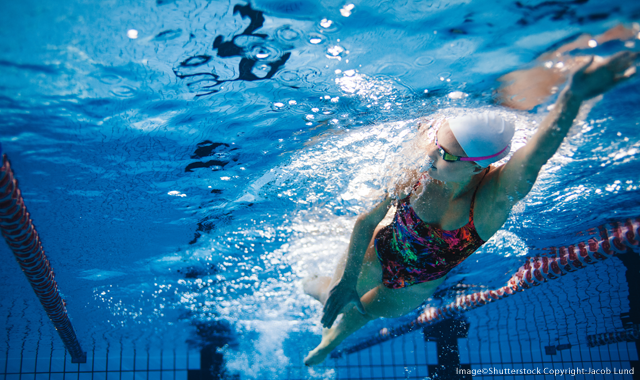
As I’ve written about before, dentists are prone to unique muscle imbalances. These imbalances can easily be exacerbated by certain recreational sports. To continue the sports they love, it is imperative that dentists target key concepts and exercises that will help prevent injury in two common summer sports, swimming and kayaking.
Swimming

One of the most popular sports in the world, swimming would seem to be an ideal recreational choice for dentists, as it involves minimal joint stress, rhythmic arm movement and is very aerobic. While not a problem for the general public, this movement can worsen existing shoulder girdle imbalances unique to dentists and cause rotator cuff injury.
Trending article: Why all exercise is not necessarily good exercise for dentists
In phase one of the crawl stroke, as the hand enters the water, the shoulder is internally rotated-a position that tends to be tight in most dentists. The water resistance further increases loads on the pectoralis muscle and internal rotators, making them tighter, shorter and stronger. Tightness in these muscles lead to problems such as rotator cuff impingement, rounded shoulder posture, thoracic outlet syndrome and more. These muscles should be stretched as part of regular regimen for all dentists, but especially those who swim. (Fig. 1a-1b).

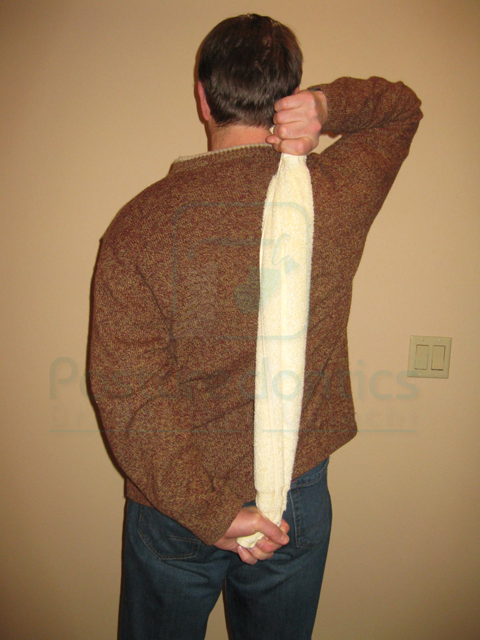
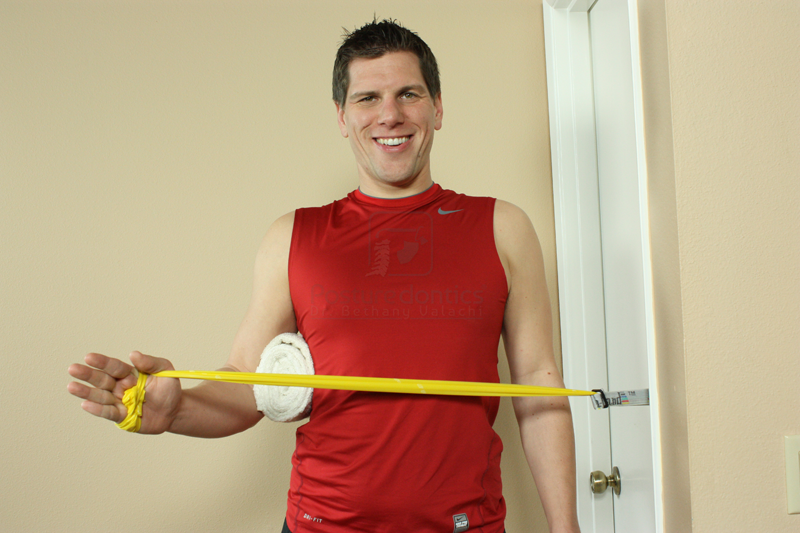
Fig. 1a Fig. 1b Fig. 2
In phase two of the crawl stroke, the arm leaves the water to go overhead; however, it is now externally rotated, with no resistance! This is where dentists need resistance, to strengthen their external rotator muscles, which are typically weak. In this manner, the delicate rotator cuff imbalance is perpetuated with this swimming stroke. To prevent this imbalance, specific endurance strengthening of the external rotators of the shoulder must be targeted. An example of one exercise is using a Theraband to provide resistance (Fig. 2).
Trending article: 5 ergonomic tips that could save your career
During breathing, the cervical and thoracic spine must have excellent rotational range of motion to lift out of the water without compensation. This is especially important for dentists who perform the crawl stroke, as studies show dentists tend to have limited range of motion rotating away from the patient. (For most right-handed dentists, this is rotating to the right.) Developing excellent trunk rotation range of motion should be a focus for dental professionals who swim (Fig. 3).

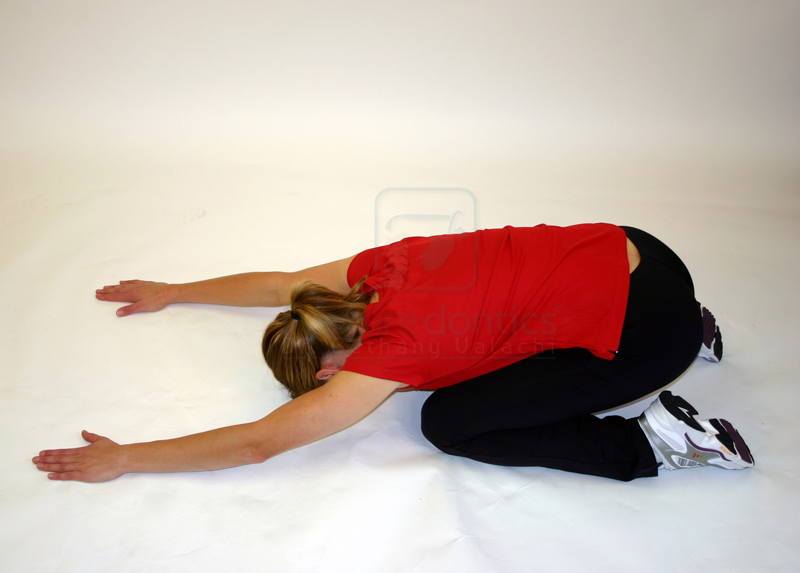
Fig. 3 Fig. 4
Kayaking
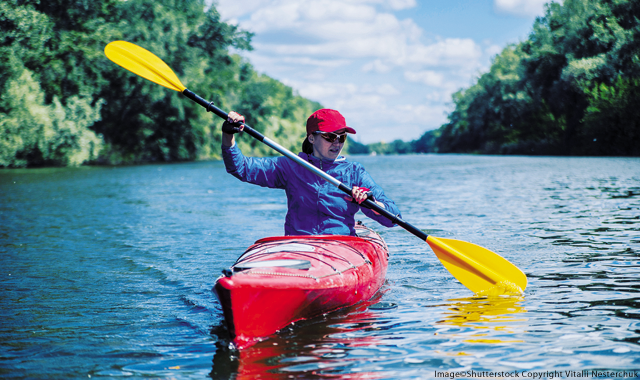
Shoulder injuries are at the top of the list when it comes to kayak injuries, making this a risky sport for dentists. Since the rotator cuff muscles are heavily worked, the stabilizing muscles must be well-conditioned to avoid injury. Dentists who wish to safely paddle should make the external rotation exercise and pectorialis stretch (above) a part of their exercise regimen, as well other shoulder stabilizing exercises. The thoracic/shoulder stretch will help with good flexibility (Fig. 4).
Ensure that the shoulder is in its safest position with proper hand placement. Hold the paddle overhead, with elbows bent at 90 degrees (the 'hold up', or surrender position). Both hands should be evenly placed, with an equal distance between the hand and blade. It may be helpful to mark this hand position on your paddle. Incorporate proper body mechanics and reduce shoulder strain by slightly rotating the trunk when planting the paddle forward in the water in front of you.
Trending article: 3 ergonomics mistakes that could end your dental career
Summer sports can be a great way to get in shape, but dentists need to ensure they have corrected their muscle imbalances with specific, corrective exercise to continue the sports they love!
Dr. Valachi created the ‘Wellness System for Dental Professionals’ to correct painful muscle imbalances, improve operatory ergonomics, and extend dentists’ careers. During the month of August, you can receive a $20 discount, by entering the discount code WELLNESSDISC upon checkout at www.posturedontics.com .